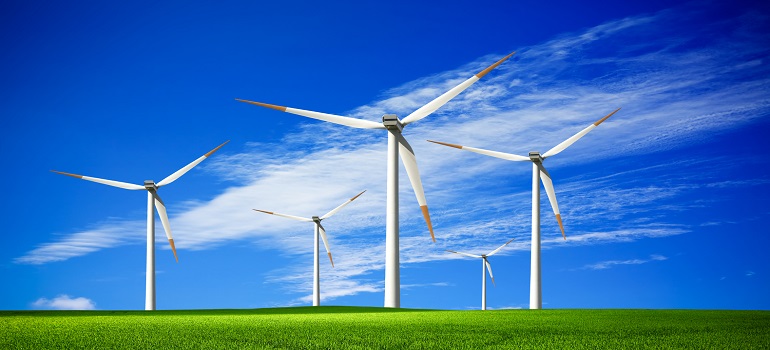Global industry surges in 2023, but faces challenges to achieve ambitious COP28 target
The global wind industry shattered records in 2023, installing a staggering 117 gigawatts (GW) of new capacity, according to a new report by the Global Wind Energy Council (GWEC).
This marks a 50% surge from 2022 and signifies a new era of accelerated growth for the renewable energy sector.
This positive momentum comes amidst a turbulent geopolitical and economic climate. However, it’s fueled by a growing global commitment to clean energy, highlighted by the historic COP28 target of tripling renewable energy by 2030.
The report details several key trends:
- Global Growth: 2023 witnessed wind power expansion across the globe, with 54 countries on all continents building new wind farms.
- Onshore Boom: Onshore wind installations reached new heights in 2023, surpassing 100 GW for the first time with a total of 106 GW, reflecting a 54% year-over-year increase.
- Offshore Expansion: While not reaching record levels, offshore wind installations reached 10.8 GW in 2023, solidifying its role in the clean energy mix.
- Cumulative Capacity Exceeds 1 Terawatt: Total global wind power capacity surpassed a significant milestone in 2023, reaching 1,021 GW, representing a 13% year-over-year growth.
While the news is positive, challenges remain. To achieve the COP28 target and stay on track for a 1.5-degree Celsius pathway, the wind industry needs to nearly triple its annual growth, reaching at least 320 GW by 2030.
The GWEC report outlines a roadmap for achieving this ambitious target. It emphasizes collaboration among policymakers, investors, and communities to address critical areas like investment, supply chains, grid infrastructure, and public acceptance.
“It’s great to see wind industry growth picking up,” said GWEC CEO Ben Backwell. “However, much more needs to be done…Growth is highly concentrated in a few big countries… We need many more countries to remove barriers and improve market frameworks to scale up wind installations.”
The report also highlights the need for continued global collaboration to foster business-friendly environments and efficient supply chains crucial for accelerating wind and renewable energy growth in line with climate goals.
Despite geopolitical headwinds, wind energy’s role as a key technology in the energy transition is undeniable. The industry calls on policymakers to focus on streamlining permitting processes, addressing grid bottlenecks, and implementing well-designed auctions to significantly ramp up project development and delivery.
Looking ahead, the wind industry is poised for continued growth. However, international cooperation and supportive policies are essential to harnessing its full potential in the fight against climate change.


